Explain what you understand by each of the following terms:(i) Angular velocity (1mk)
The angle covered in radians per second by an object in circular motion
(ii) Centripetal force (1mk)
The force that keeps an object in circular motion
b) A bicycle wheel with radius 28cm moves with a linear velocity of 8m/s, determine(i) the angular velocity of the wheel (2mks)(ii) the centripetal acceleration of a point on the rim of the wheel (2mks)(c) To determine the relationship between angular velocity w and tension T, a student used a smooth disc with a hole at the centre, a string and cylindrical object of mass m, as shown belowDescribe how the student went about determining the relationship, specifying any other necessary material or instrument not shown in the diagram (3mks)
The cylindrical mass was attached to a known weight, T, hanging freely below the hole. The disc was rotated with an increasing angular velocity w, till the hanging weight was steady. The experiment was repeated to obtain other values of w and their corresponding hanging weights
0 Comments
The bob in the figure above is deflected then released to oscillate. State and explain one factor that will determine whether the string breaks or not (2mks)
K.C.S.E Physics Q & A - MODEL 2018PP1QN09
Figure 5 shows a ball spinning as it moves.
(a)On the diagram, sketch the path followed by the ball as it moves.
(b)Explain why the ball takes that path. K.C.S.E Physics Q & A - MODEL 2018PP1QN08
Figure 4 shows a stone whirled in a vertical circle.
On the axes provided, sketch a graph of tens ion against time as the stone moves through point A, B, C and D.
K.C.S.E Physics Q & A - MODEL 2016PP1QN17
(a) When a bus goes round a bend on a flat road, it experiences a centripetal force.
State what provides the centripetal force. (b) State the purpose of banking roads at bends.
(c)A student whirls a stone of mass 0.2 kg tied to a string of length 0.4 m in a vertical plane at a constant speed of 2 revolutions per second. (Take acceleration due to gravity g as 10 m/s2)
(i) State two forces acting on the stone when it is at the highest point. (ii) Determine the: (I)Angular velocity of the stone (II)Tension in the string when the stone is at the highest point; K.C.S.E Physics Q & A - MODEL 2015PP1QN18
(a) Figure 13 shows a pendulum bob suspended by a thread moving in a horizontal circle
(i) Name two forces acting on the pendulum bob as it moves.
(ii) State what happens to each of the forces when the angular velocity of the pendulum bob is increased. (iii) State two applications of uniform circular motion in daily life. (b) Figure 14 shows a block floating in water.
When the water is heated; it is observed that the block sinks further. Explain this observation.
answers
(a) (i) Tension (T)
Weight (Mg) (ii) Tension - increases Weight - remains constant (iii) Centrifuges Speed governors Merry-go-rounds (b) When heated the density of the water decreases hence block sinks further as it displaces more volume of water. K.C.S.E Physics Q & A - MODEL 2014PP1QN18
(a) When a bus goes round a bend on a flat road, it experiences a centripetal force.
State what provides the centripetal force. (b) State the purpose of banking roads at bends. (c) A student whirls a stone of mass 0.2 kg tied to a string of length 0.4 m in a vertical plane at a constant speed of 2 revolutions per second. (Take acceleration due to gravity g as 10 m/s2) (i) State two forces acting of the stone when it is at the highest point. (ii) Determine the: I angular velocity of the stone; II tension in the string when the stone is at the highest point; K.C.S.E Physics Q & A - MODEL 2011PP1QN16
Figure 11 shows a stone attached to the end of a string moving in a horizontal circle with a uniform speed of 2m/s. When the stone reaches point X on the circle, the string breaks.
(i) indicate on the diagram with an arrow, the direction of the motion of the stone when the string breaks.
(ii) State the magnitude of the velocity after the string breaks. (iii) Give a reason for your answers in (i) and (ii). (b) Figure 12 shows a lorry towing a trailer using a rope.
The lorry exerts a force N on the trailer and the trailer exerts an equal but opposite force M on the lorry. The frictional force between the trailer and the road is F.
Explain how the forces N, M and F enable the trailer to move. (c) Figure 13 shows a frictionless trolley of mass 2kg moving with uniform velocity towards a wall. At the front of the trolley is a spring whose spring constant is 25N/m. The trolley comes to rest momentarily after compressing the spring by 3cm and then rebounds from the wall.
(I) Determine
(I) the force exerted on the wall by the spring. (II) the maximum acceleration of the trolley as it rebounds from the wall. (ii) State the reason why the trolley acquires a constant velocity after it rebounds. K.C.S.E Physics Q & A - MODEL 2010PP1QN12
Figure 5 shows a mass of 200g connected by a string through a hollow tube to a mass of 0.5kg.
The 0.5kg mass is kept stationary in the air by whirling the 200g mass round In a horizontal circle of radius 1 .0 metre.
Determine the angular velocity of the 200g mass.
K.C.S.E Physics Q & A - MODEL 2009PP1QN19
(a) Define angular velocity
(b) Three masses are placed on a rotating table at distances 6 cm, 9 cm and 12 cm respectively from the centre of rotation. When the frequency of rotation is varied, it is noted that each mass slides off at a different frequency of rotation of the table. Table 1 shows the frequency at which each mass slides off (i) State two factors that determine the frequency at which each mass slides off
|
CATEGORIES
Categories
All
Topics
FORM I - PHYSICS SYLLABUSFORM II - PHYSICS SYLLABUSTOPICS
FORM III - PHYSICS SYLLABUSFORM IV - PHYSICS SYLLABUSARCHIVES
RSS FEEDS
AUTHOR
M.A NyamotiMy passion is to see students pass using right methods and locally available resources. My emphasis is STEM courses
|
Can't find what you are looking for? Don't worry, Use the Search Box Below.
|
Primary Resources
College Resources
|
Secondary Resources
|
Contact Us
Manyam Franchise
P.O Box 1189 - 40200 Kisii Tel: 0728 450 424 Tel: 0738 619 279 E-mail - sales@manyamfranchise.com |


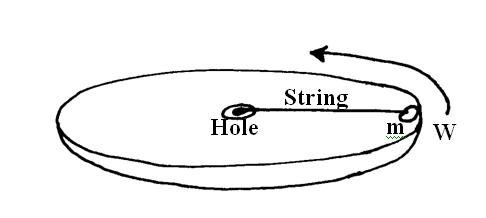
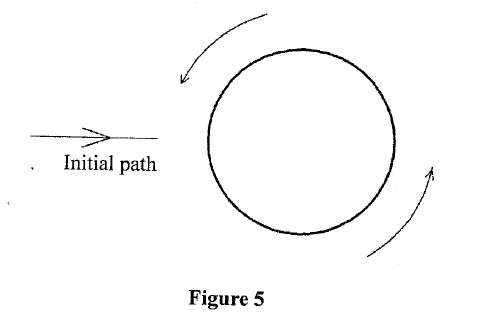
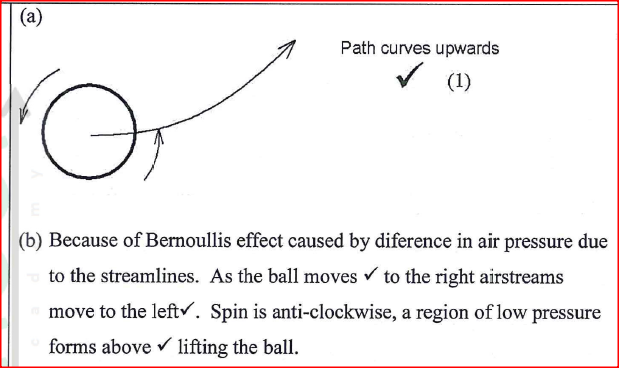
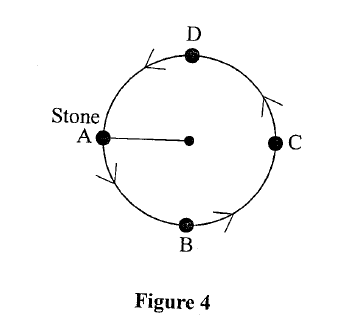
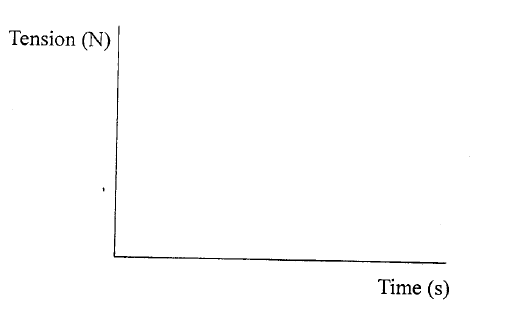
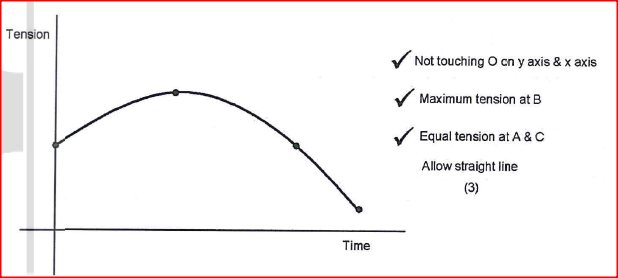

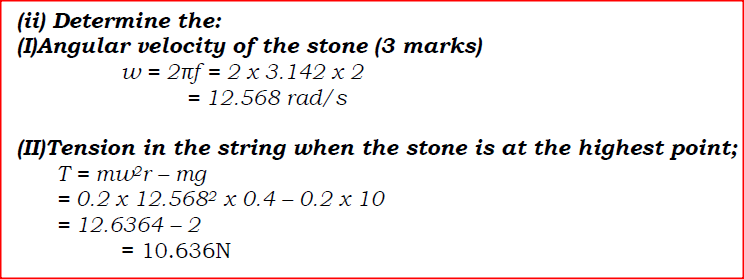
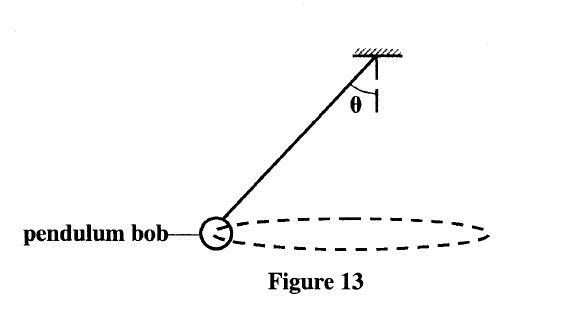
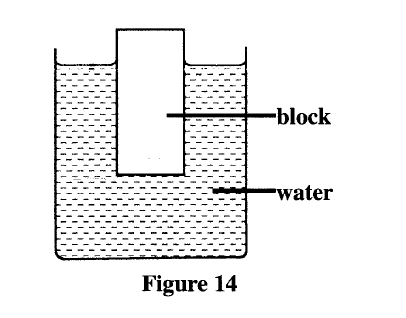
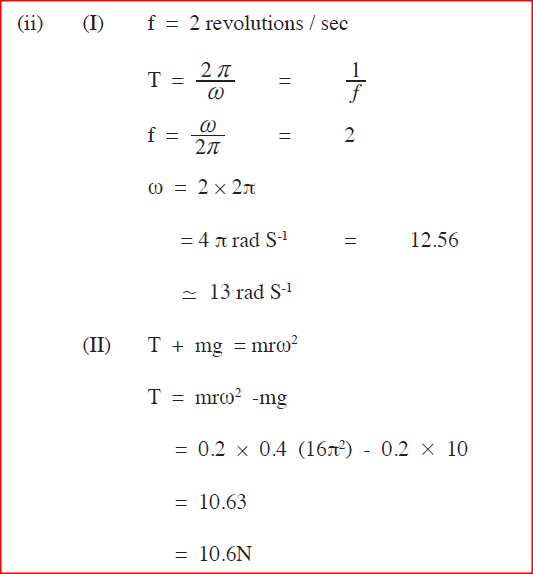
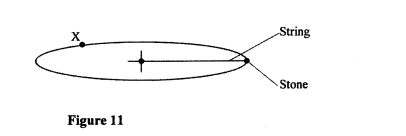

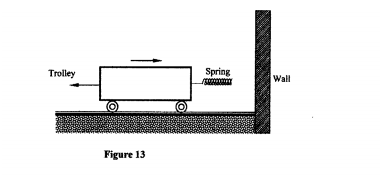
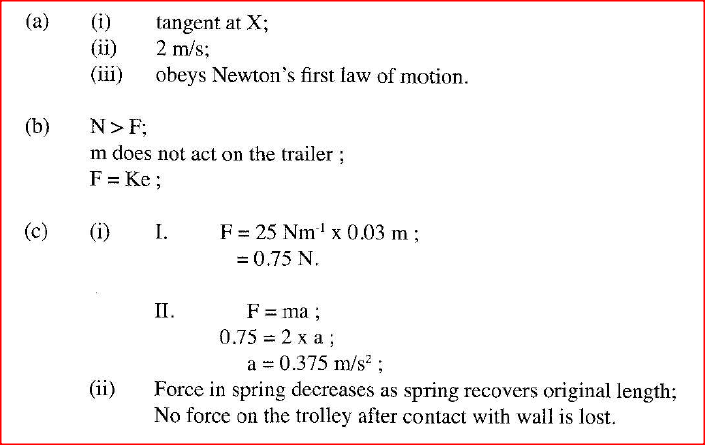
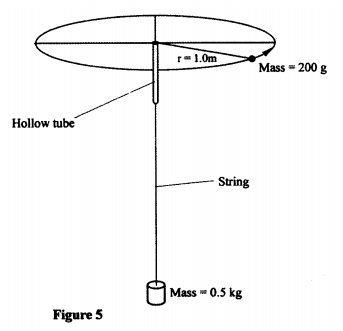
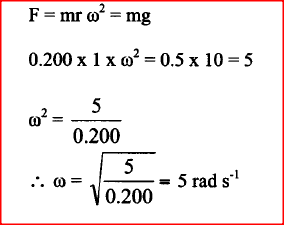

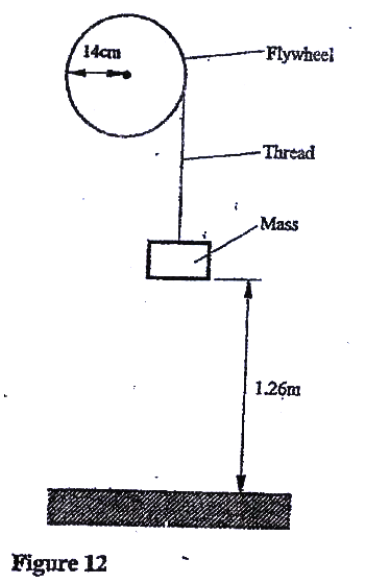
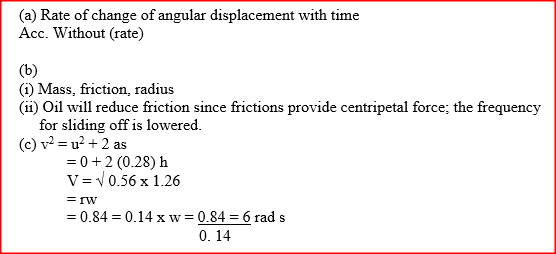







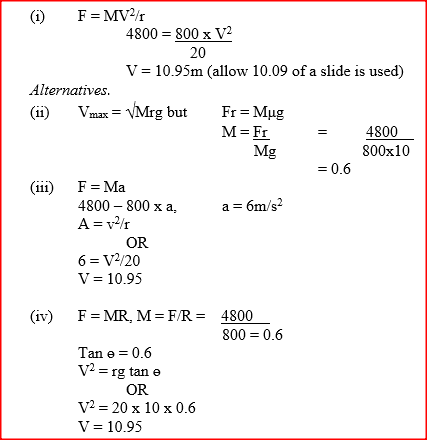

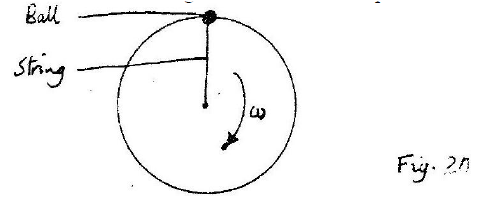
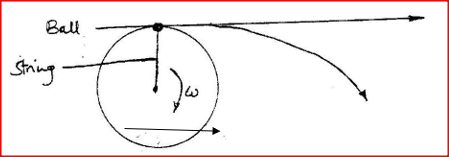


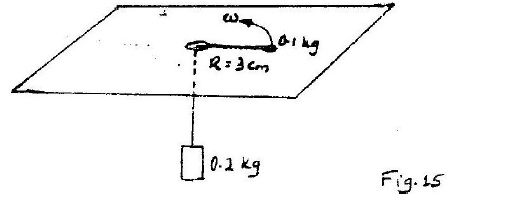

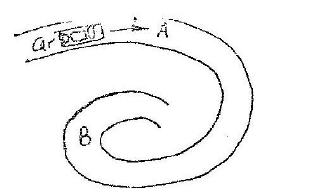




 RSS Feed
RSS Feed

